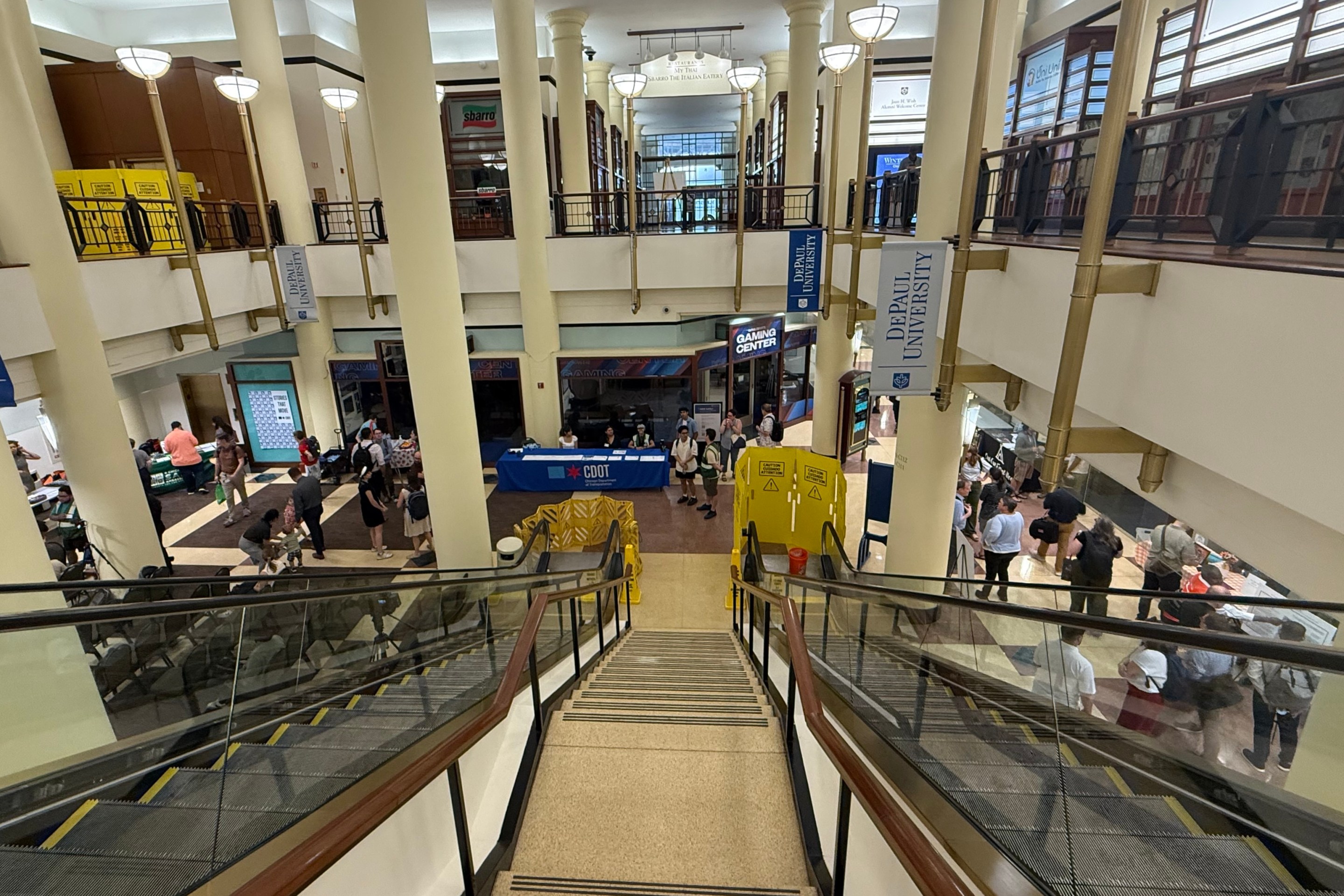
By now, Streetsblog readers know all about how the Illiana Tollway, a proposed highway that will see little use and cost taxpayers $500 million, has messed up our regional plan. Last October, the MPO Policy Committee of the Chicago Metropolitan Agency for Planning voted to add the Illiana to the GO TO 2040 plan, allowing the Illinois Department of Transportation to go ahead and build it, even though the project actually works against the plan's goal of focusing growth near existing infrastructure.
This vote, like the Circle Interchange decision before it, threatened the integrity of regional planning in Chicagoland. The painstaking GO TO 2040 planning process involved countless partners who had agreed that other projects should get priority over these two highway expansions.
GO TO 2040 had been a widely-lauded plan. This year the federal Environmental Protection Agency presented CMAP a Smart Growth Achievement Award for GO TO 2040 (not the first accolade). The EPA touts GO TO 2040 as a "policy-based plan" that "actively engaged regional partners and local stakeholders" and got feedback from 35,000 residents.
The only good thing that came out of IDOT commandeering this regional planning process was a better understanding of how to prevent it from happening again.
This award-winning plan deserves first-rate implementation. It's not much of a plan if the region doesn't stick to it. So I asked three policy makers in Chicago to describe how GO TO 2040 should be implemented going forward.
Amanda Woodall is the director of policy and planning at Active Transportation Alliance. She says that "implementation of any plan rests largely on two things: funding and capacity," and "CMAP is out in front of both." CMAP decides how to allocate certain funds, like federal Congestion Mitigation and Air Quality funds, which Woodall calls "a tremendous incentive for communities to tackle congestion mitigation and to create a world-class transportation system."
Woodall mentioned CMAP's Local Technical Assistance grant program as giving communities the ability "to take on these projects." This program essentially allows communities and organizations to ask for help in creating plans that will attain the goals of GO TO 2040 at the local scale.
Active Trans has contributed to plans around Chicagoland, including Oak Pak's Comprehensive Plan, Des Plaines River Trail Access Plan, and the Village of Wheeling Active Transportation Plan.
Currently, the University of Illinois at Chicago is also receiving support from CMAP for its multi-modal transportation plan, and the Wicker Park-Bucktown Special Service Area – on which I serve as a committee member – is working with CMAP to create a parking management innovation plan.
MarySue Barrett, president of Metropolitan Planning Council, said that GO TO 2040, while "laying out a compelling vision for a more competitive, sustainable, and livable region," lacks the "tools to help communities implement their goals and financial rewards that reinforce actions consistent with our regional plan."
For example, we've adopted a bold goal of doubling transit ridership. Today, only 23 percent of housing across the region is within a 1/2 mile of transit. What we need to do is modernize zoning and provide development incentives to locate more housing close to transit, where it makes environmental sense and is convenient to a growing slice of the population demanding transit access.
One obstacle to this, she says, is that CMAP's core funding comes from the U.S. Department of Transportation, but regional plans, here and across the United States, are more than transportation plans, so other agencies should be coordinating with U.S. DOT to fund them. "It makes sense that [implementing agencies] receive a small slice of support across a range of federal agencies," Barrett said. She added that federal agencies could work together to reward local funding requests that support GO TO 2040's goals, which would "reinforce coordinated action."
Randy Neufeld, director of the SRAM Cycling Fund and a godfather of active transportation advocacy in the region, also mentioned the Congestion Mitigation and Air Quality program as a model. "It shows that we are capable of a decent, multi-modal regional process," he said. "When a specific amount of money is put on the table for a specific goal, we do a pretty good job figuring out how to fairly and effectively use it." Neufeld also pointed out that the distribution of CMAQ funds is up to CMAP, not the Illinois Department of Transportation.
IDOT could do itself a favor and devolve more funding decision-making to the region. This is the [California DOT] model, where most programming is done at the regional level. In Illinois it probably just makes sense for the Chicago region and possibly the St. Louis area. It wouldn't require any legislative action and IDOT could shed some of the costs of programming and managing funds.
It could happen gradually one program at a time so the state develops trust and our region develops programming competence. It is low risk for IDOT because they have a huge role in our region's decision making and they can always take the programming back if it doesn't work out. And there's a precedent, regional programming of CMAQ was an IDOT choice.
Neufeld said "a natural first step" would be for IDOT to relinquish control of Highway Safety Improvement Program funds to the region. He also thinks safety goals should be incorporated across the board. "I'd love to see an annual CMAP Safety Summit where we look at the data, evaluate progress, and propose solutions that impact all programming processes," he said.
CMAP, and everyone who contributed to the GO TO 2040 plan, deserve the awards, because the initial planning process was inclusive and built on good research and data analysis, and it produced policies that will lead to better quality of life. Now we need to strengthen the implementation of GO TO 2040 and avoid the counterproductive blunders like the Circle Interchange and Illiana Tollway.




